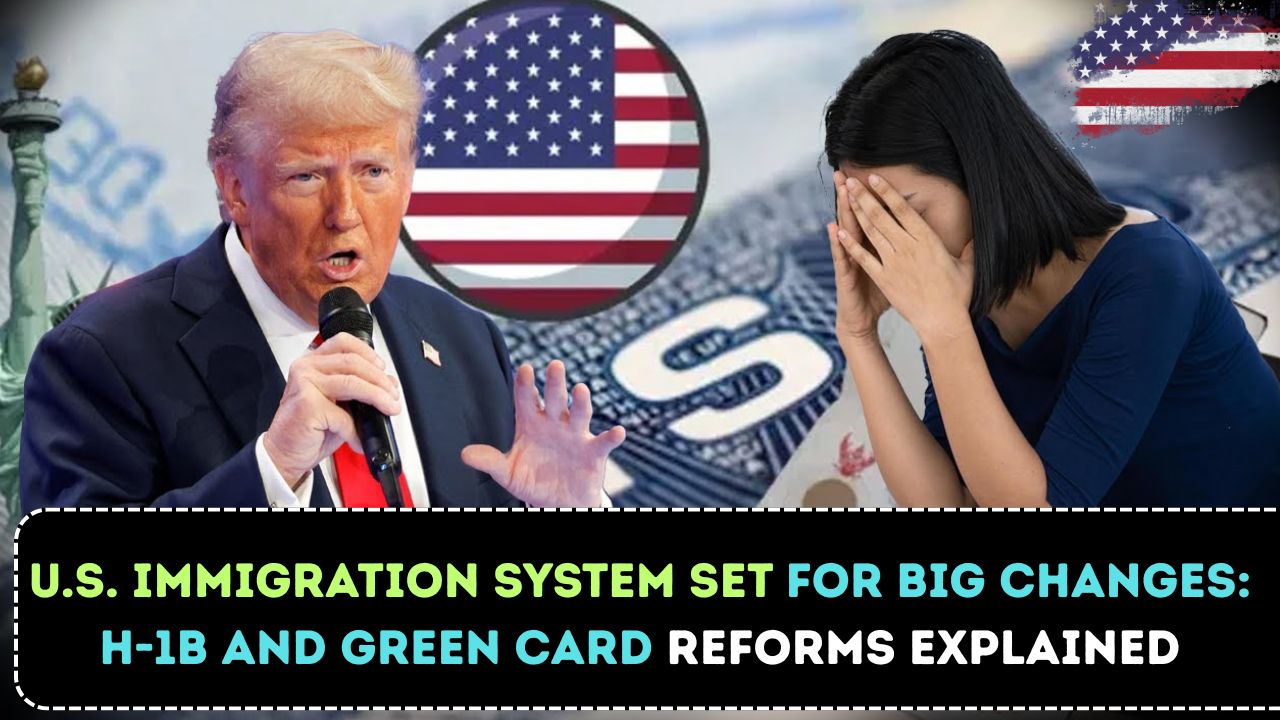After years of sustaining fire for inefficiency and bureaucratic game of cat and mouse, the U.S. immigration system is ready for recalibrating. Proposed changes seek to amend the processes related to the H-1B visa system and green card. The eagle visa will still be there, but its chronic backlog of green cards for Indian and Chinese applicants will be addressed. This means the merit system will be the main deciding factor, and foreign skilled workers will be competing with each other for opportunities to advance their careers in the US, increasing their economic value.

Replacing the H-1B Lottery with More Selective Processes
The H-1B lottery visa system grant is an abominable creation of chance, and there have been talks to do away with the current system. However, this pending alternative is somehow better. This system allows for categories and under which applicants with advanced degrees, higher salaries, or critical healthcare and engineering positions get marked with the favor. Their priority boosts cap the negative impact of the current visa quota. With more and higher skilled applicants being allowed, the economic score will be met. Alleviating this cap while increasing the limit to be based on economic need is met with cheers from Silicon Valley. However, smaller companies are overwhelmingly voicing their worries trying to get used to the new normal of hiring foreign nationals.
Green Card Backlog: Equity
This has caused many to seek opportunities in countries like Canada and Australia. Proposed changes include reclaiming unused visas and amending the country specific quotas that add to the backlog. Through these changes, many applicants should be relieved, while also bringing about improved equity and streamlined processing.
The Streamlining Proposed: Aligning Protection of American Workers and Immigration Efficiency
The redesign also includes protections from displacement and wage cuts for American Workers. Increased compliance and wage regulations may be enforced by employers to ensure that hiring foreign employees does not lower the wages of American workers. Such policies seek to balance immigration while mitigating the American economic impact. The business sector largely welcomed the changes, viewing them as a commitment to bring skilled workers. Labor unions, conversely, are concerned with the wage impacts of the proposed changes.
The suggested changes to the H-1B and green card systems the United States has put forth seek to re-structure and modernize the policies in place in respect to immigration, considering the ever-increasing global competition in the field. If these reforms are implemented, they could signify the availability of a more economically aligned and fair immigration process for skilled professionals worldwide which, concurrently, would enable the United States to retain its global competitive edge.